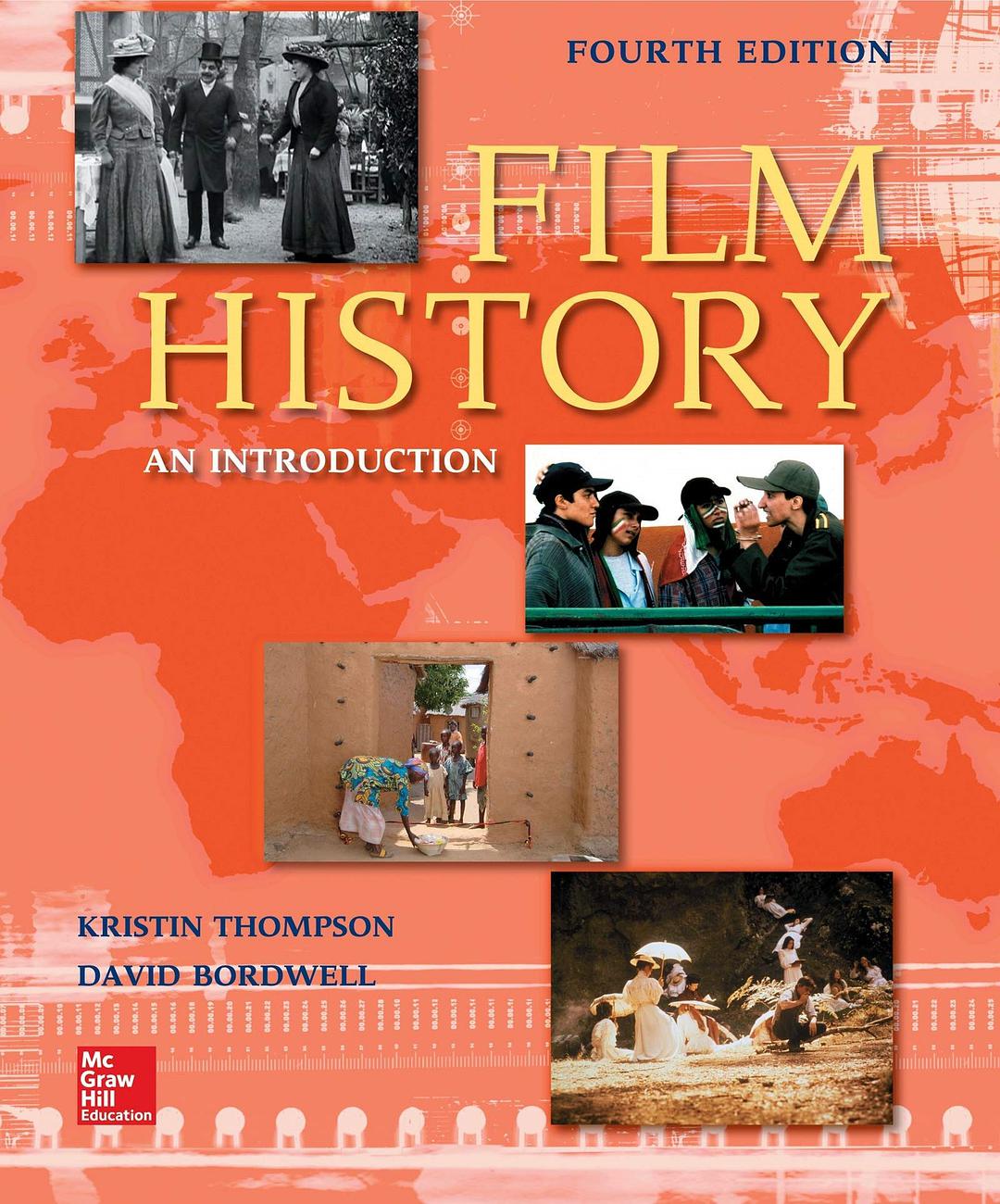Exploring the Fascinating World of Cinema of Attractions: A Journey Through Early Film History
#### Cinema of AttractionsThe term **cinema of attractions** refers to a style of filmmaking that emerged in the late 19th and early 20th centuries, charact……
#### Cinema of Attractions
The term **cinema of attractions** refers to a style of filmmaking that emerged in the late 19th and early 20th centuries, characterized by its focus on spectacle and visual wonder rather than narrative storytelling. This concept was first articulated by film scholar Tom Gunning, who argued that early cinema was more about the experience of seeing moving images than about telling a cohesive story. The cinema of attractions captures the essence of what made early films captivating to audiences: the thrill of the new, the awe of the unexpected, and the sheer joy of visual spectacle.
#### The Origins of Cinema of Attractions
The origins of the cinema of attractions can be traced back to the invention of motion pictures. In the late 1800s, inventors like Thomas Edison and the Lumière brothers created short films that showcased simple yet astonishing visual effects. These films included scenes of trains arriving at stations, people leaving factories, and other everyday activities that were transformed into extraordinary experiences through the magic of motion. Audiences were captivated not by intricate plots but by the novelty of seeing life in motion on screen.

#### Characteristics of Cinema of Attractions
One of the defining characteristics of the cinema of attractions is its emphasis on spectacle. Early films often featured elaborate visual tricks, such as stop-motion animation, double exposures, and other special effects that amazed audiences. These films were designed to elicit immediate reactions—laughter, gasps, or applause—rather than to engage viewers in a deep narrative. The cinema of attractions was about the thrill of the moment, a celebration of visual creativity and innovation.
#### Impact on Modern Cinema

The influence of the cinema of attractions can still be seen in contemporary filmmaking. Many modern directors, especially in the realm of action and fantasy films, utilize spectacle as a key component of their storytelling. The use of special effects, CGI, and visually stunning sequences can be traced back to the principles established during the era of the cinema of attractions. Furthermore, the concept has evolved to include immersive experiences, such as 3D films and virtual reality, which continue to prioritize visual engagement.
#### Notable Examples of Cinema of Attractions
Several films and filmmakers exemplify the spirit of the cinema of attractions. For instance, Georges Méliès, a pioneer of early cinema, is renowned for his fantastical films that incorporated elaborate sets and special effects. His most famous work, "A Trip to the Moon" (1902), is a perfect example of how the cinema of attractions combined imagination with visual spectacle. Other notable figures include Edwin S. Porter, whose film "The Great Train Robbery" (1903) utilized innovative editing techniques to create a thrilling experience for viewers.

#### Conclusion: The Enduring Legacy of Cinema of Attractions
In conclusion, the cinema of attractions represents a vital chapter in the history of film, highlighting the importance of visual spectacle and audience engagement. Its legacy continues to resonate in modern cinema, reminding us of the power of images to captivate and inspire. As we explore the fascinating world of the cinema of attractions, we gain a deeper understanding of the roots of filmmaking and the enduring allure of the moving image. Whether through early silent films or contemporary blockbusters, the spirit of the cinema of attractions remains a fundamental part of our cinematic experience.